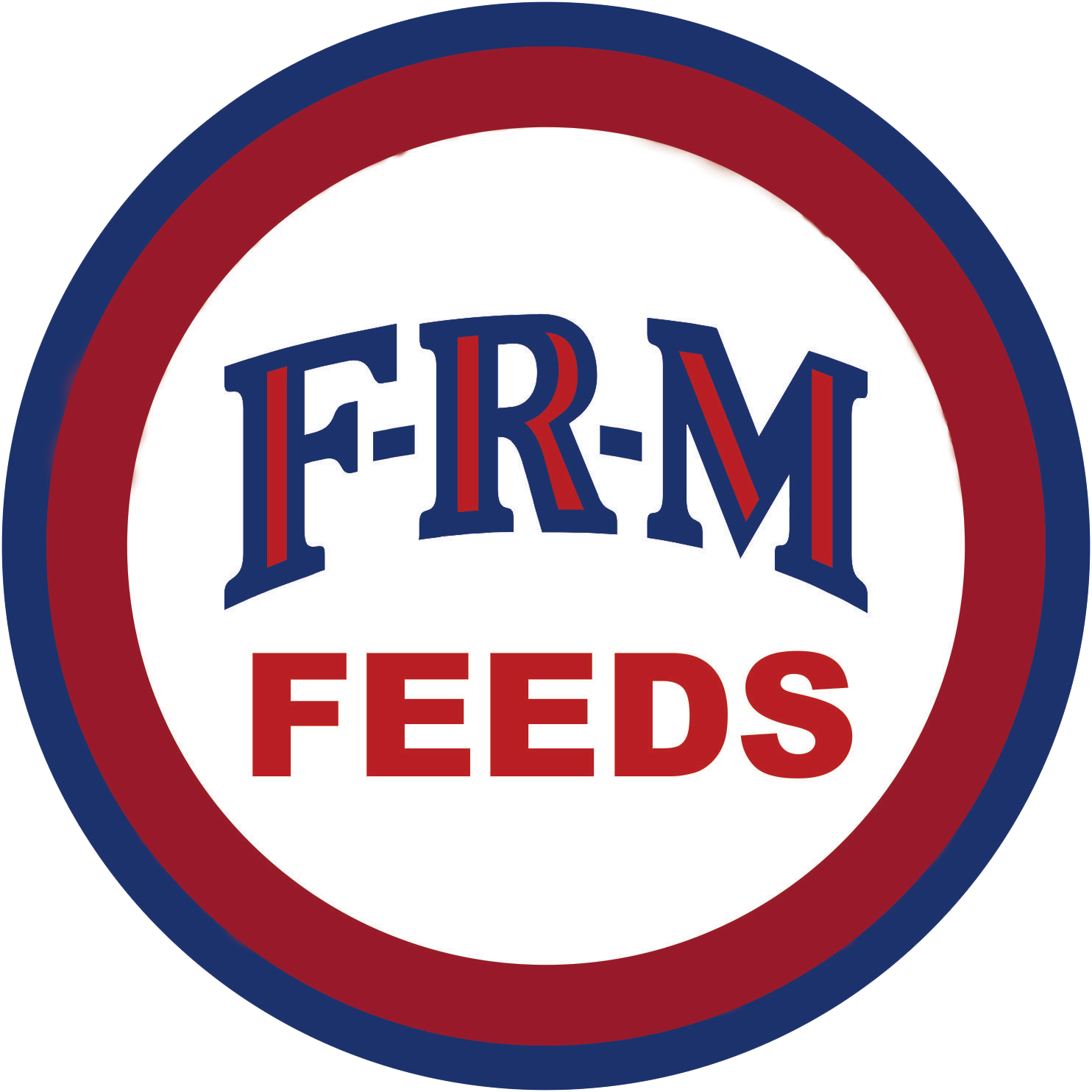Goats, after the dog, were the first domestic animals tamed by man. Mankind has used goat milk for a longer period than milk from any other domestic animal – a period of about 10,000 years – today goat milk is drank by over half of the world’s population!
Pasture
Goats are browsers by nature. They like coarse weeds and woodland and can help clear land or brush and small trees. If you allow goats to roam the woods, be sure that there is no wild cherry, hemlock, azaleas, or species of the laurel family where they graze because these plants are poisonous.
Doe’s enjoy browsing, but they cannot be expected to produce milk without hay or pasture plus a grain ration.
A Dairy Goat for Milk Production
A dairy goat or two can supply your family with good, wholesome milk. A good doe produces two quarts of milk or more a day for about ten months of the year. A top milker may give three to five quarts a day for the same length of time. Two goats may be better than one because they will supply milk for the entire year, and they will be company for each other.
Buying Goats
For home milk production, it is not necessary to pay the extra cost of a purebred or registered dairy goat. A grade doe can be a good milker.
Be sure that any doe you buy is from a herd in which there is no brucellosis or tuberculosis. Find out when the herd was last tested for these diseases. Buy only from a reliable breeder. The quarters and pens in which the goat has been kept should be clean and the rest of the herd healthy.
Check carefully any doe you plan to buy. Here are some points to check:
- Look at the doe’s teeth. If they are badly worn, she is too old to be a good milker.
- Examine the coat and skin. A healthy, well-fed goat has a glossy coat and a skin free of sores and dandruff.
- Feel the udder after the doe has been milked. Make sure that udder and teats are sound and do not have hard places, warts, sores, or scars.
- Look at the doe’s hooves. A good goat with untrimmed hooves or foot-rot will limp, and probably will not thrive.
- Feel under jaw; avoid a doe with lumps, knots, or growths.
- Check the ears for sores, scars or scabs.
Caring for the Milk
As soon as the milk is drawn, strain and cool it. A small filter-type strainer should be used for straining the milk.
Cool the milk to a temperature of 40° F as soon as possible.
At Kidding Time
Doe’s give birth about 149 days (or 5 months) after they are bred. They usually give birth to 2 kids, but occasionally a doe may have three or four at a kidding.
A few days before you expect a doe to kid, put her in a small pen where she can be alone, See that she has plenty of clean, dry bedding and fresh water.
A doe usually has no trouble at kidding time. However, if she strains strongly and doen’t deliver within an hour, call a veterinarian or a person who has had experience with kidding or with lambing out sheep.
Breeding & Reproduction
Goats are in their prime when 4 to 6 years of age, but good individuals can often be kept a few years longer. Young doe’s are usually bred when they weigh 85 to 90 pounds. Doe’s should be in peak condition at the time they are bred.
Keeping Goats Healthy
Goats are generally hardy and do not have as many diseases as some animals. Cleanliness, however, is important in preventing disease and parasites.
The major disorders of goats are mastitis, enterotoxemia, plant poisoning, and pneumonia.
If state or local health regulations require regular tests for brucellosis or tuberculosis, get information on testing from your county agent or veterinarian.
Protect all goats from winter cold and dampness. Take special care in protecting young stock. Pneumonia often follows chilling and exposure and is probably the chief cause of death among kids during the winter months.
| Type Animal | Feed to Use | How & What to Feed |
| Kids – First Day | Colostrum Milk | Most kids are ready to nurse when 2 to 3 hours old. If kids do not get up and nurse, milk some colostrum (first milk) from the Doe and give it to the Kids at once. You can let the Kids nurse from the Doe 3 or 4 days or you can train them to nurse from a nippled bottle from day old. |
| Kids – Second Day thru 4th Month | Doe’s Milk for 30 days. FRM Calf Starter (coarse) | Feed Doe’s milk from a bottle for 30 days. Free Choice |
| Growing Does and Bucks | FRM Super Goat Pellets | Free choice along with hay and/or pasture. |
| Dry Does | FRM Super Goat Pellets | 1 to 2 lbs. twice daily, morning and night, plus hay and/or pasture. |
| Milking Does | FRM Super Goat Pellets | 1 lb to 2-3 pints of milk, plus hay and/or pasture. |
| Bucks | FRM Super Goat Pellets | 2 to 3 lbs. daily. |
| All Goats | FRM Vitaminde Free Choice Mineral | Feed free choice in a covered mineral box. |

